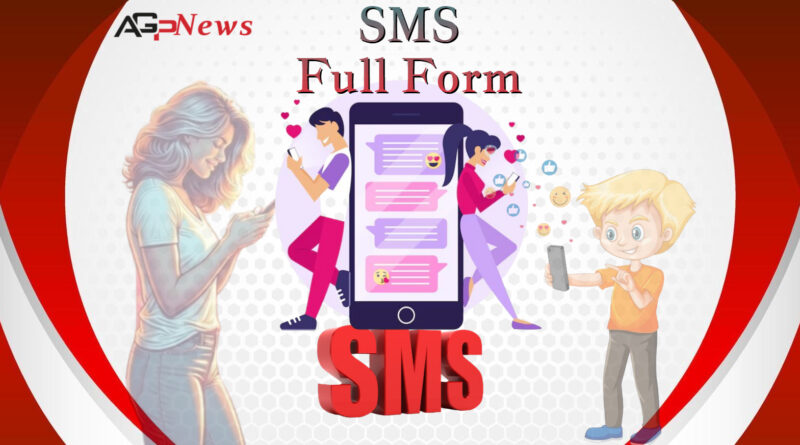SMS Full Form: What is SMS and How it Works?
Introduction to SMS
SMS Full Form: SMS, which stands for Short Message Service, is a widely used method of sending text messages over cellular networks worldwide. It allows communication via mobile devices and is accessible even to individuals without smartphones. Essentially, SMS functions as a means to transmit text through mobile networks.
Full Form of SMS
SMS, or Short Message Service, refers to short messages in mobile text messaging. Originating from 1969, SMS messages are typically brief and serve as equivalents to personal letters or concise news updates. This protocol facilitates the transmission of text messages between mobile devices and operators, involving typing, decoding, and sending messages. SMS Full Form
SMS Full Form: Operation of SMS
SMS operates through various modes, including the SMS PAGED mode initiated by commands like UNHANDLED to activate message servers. Messages are directed to SMSMPGED sessions for processing. Specific commands like PUT and PATCH are used for sending and modifying messages, while SMS ONSCRIPT checks message and connection statuses.
SMS Full Form: Benefits of SMS
SMS offers several advantages:
- It enables text messaging to any mobile phone, irrespective of subscription.
- SMS can be sent from desktop computers.
- It supports both sending and receiving SMS on mobile phones where enabled.
- SMS can be transmitted via pager devices such as portable pagers or mobile phone pagers.
SMS Full Form: Sending an SMS
Sending an SMS involves: SMS Full Form
- Composing a single-line text message on a mobile device.
- Using the appropriate button to switch between messages and standard messaging.
- SMS features can be managed by enabling or disabling them through menu options.
Limitations of SMS
Despite its advantages, SMS has limitations: SMS Full Form
- Long or complex texts may be difficult for illiterate users to understand.
- It restricts communication to text only, which may reduce efficiency when multimedia elements are needed.
- Inputting special characters in SMS may require multiple key presses, adding complexity.
- Accessibility issues can arise for users with touch screens when reading SMS messages.
Conclusion
SMS (SMS Full Form), introduced in 1992, is a text-based service initially developed for wireless mobile networks. Originally designed for devices with small screens like pagers, SMS has evolved into a universally adopted form of communication globally.
FAQs about SMS Full Form
What does SMS stand for?
SMS stands for Short Message Service, which refers to a method of sending text messages through cellular networks.
How does SMS work?
SMS works by allowing users to compose short text messages on their mobile devices, which are then transmitted via mobile networks to the recipient’s device.
What are the benefits of using SMS?
SMS offers several advantages, including universal accessibility, the ability to send messages from desktop computers, and support for transmission via various mobile and pager devices.
How can SMS features be managed?
SMS features can be managed by enabling or disabling them through menu options on mobile devices.
What are the limitations of SMS?
Despite its widespread use, SMS has limitations such as the restriction to text-only communication, potential difficulties with long or complex texts for some users, and issues with inputting special characters.




